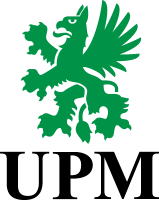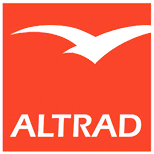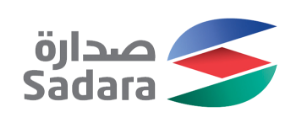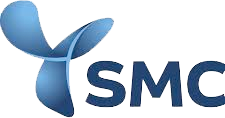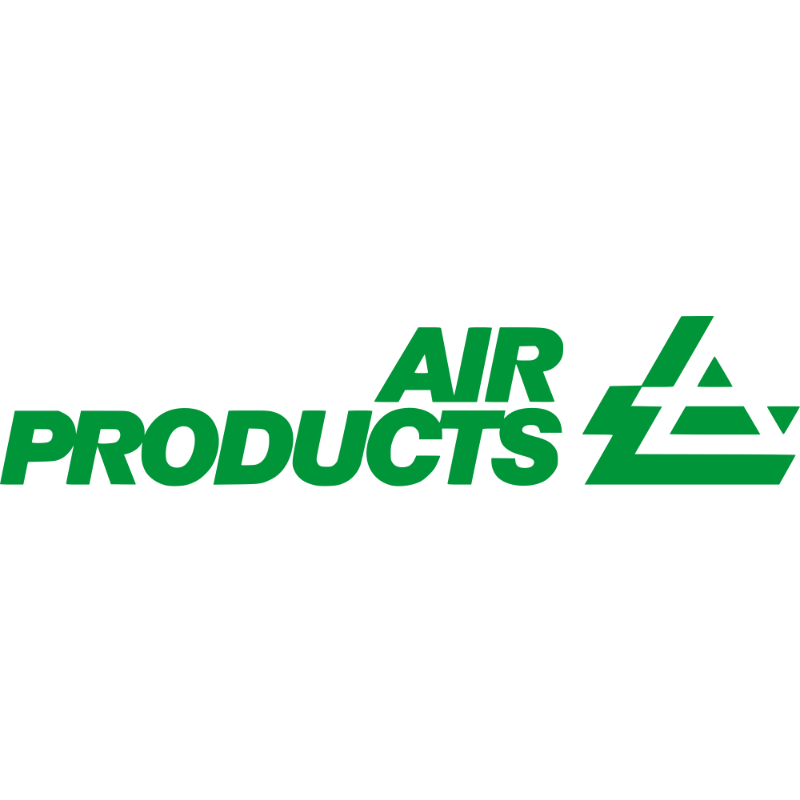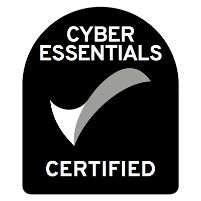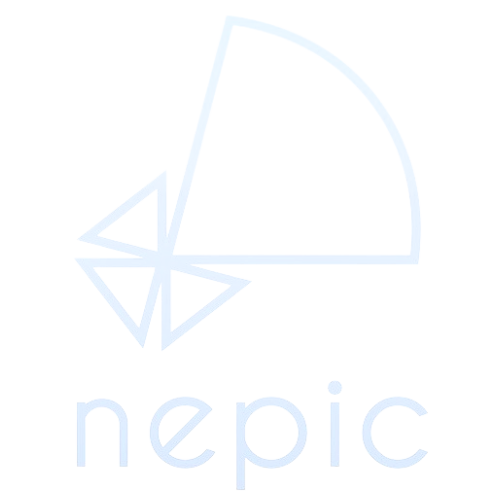
Many industries, such as construction, manufacturing, and oil and gas, have traditionally relied on paper-based permit systems, and some organisations may still be using paper-based systems due to a variety of reasons, such as lack of awareness about software-based solutions, budget constraints, or resistance to change; however, digitizing processes in industry can help organisations operate more efficiently, safely, and effectively, and stay competitive in a rapidly changing business environment.
Moving from a paper-based permit to work system to a software-based permit to work system offers several benefits, including:
- Improved efficiency: Paper-based permit systems are prone to errors due to manual data entry and processing. With a software-based system, data is entered automatically and validated, reducing the risk of errors. Permit software can process permits much faster than paper-based systems. With automated workflows, permits can be approved and issued in a matter of seconds, whereas paper-based systems can take days or even weeks.
- Enhanced safety: Provides better visibility into the permit process, making it easier to identify potential safety hazards and mitigate risks. Software can also include automated & mandatory safety checks and alerts, such as anti-clash notifications when two jobs are scheduled for the same time and location, reducing the risk of human error, accidents, injuries, and fines.
- Increased accountability: Using a software based permit to work system creates an audit trail of all permit activities, that can be tracked and audited at any time without data mining, including who created, reviewed, approved, and closed out the permit. This promotes accountability and transparency in the permit process. Software-based permit systems can provide real-time data on permit status, usage, and compliance. This information can be accessed by multiple stakeholders, including regulators, enforcement agencies, and permit holders. This real-time data enables stakeholders to make informed decisions and take appropriate actions quickly and efficiently.
- Better communication: Allows for real-time communication between all parties involved in the permit process. This can improve collaboration, reducing delays, for example, if you were to have x10, 4 man crews, waiting an average of 30 minutes at the beginning of each shift for their permits to be issued, you are incurring the cost of 20 man hours. A software driven permit process helps to avoid miscommunication and misunderstandings, leading to smoother and faster processing times and also ensures that everyone has access to the real time information (subject to connectivity).
- Cost savings: Paper-based permit systems can be prone to errors due to manual data entry and processing. Software-based systems can provide data validation and automated error-checking, reducing the likelihood of mistakes and rework. Digitised systems also help to streamline and automate the permit process, reducing the time and effort required to issue permits, as described above. Other cost reductions associated with switching to a software based permit system include printing, storage, and retrieval.
- Compliance: Permit-to-work software can help organisations achieve and maintain compliance with a wide range of regulatory requirements, ensuring that all necessary permits are obtained, all required information is captured, and all compliance activities are documented and tracked. Permit software provides easy access to permit information for all stakeholders, including employees, supervisors, and regulators. This can help to ensure that all relevant information is available in real-time, which can improve compliance with regulatory requirements.
- Standardisation: Software-based permit systems provide a standardised approach to permit management, ensuring that all permits are created, approved, and completed in a consistent manner. This helps to ensure that all necessary information is captured, including risk assessments, safety procedures, and approvals, which can improve compliance with regulatory requirements. Unlike paper where people can skip sections or fill in the minimum amount of information, in a software form, we can make it mandatory that the individual completing the permit, provides a minimum level of information, before being permitted to move ahead to the next stage in the process.
- Advanced reporting and analytics: With a software-based permit system, all permit data is stored in a centralised database for real time monitoring and reporting. This allows for easier access to data and reduces the risk of data loss. It also enables faster and more accurate reporting on permits issued, expired, or cancelled. Software based permit systems provide advanced reporting and analytics capabilities in real time, which can help managers monitor permit status, identify trends, and identify areas for process improvement.
- Enhanced security: A software-based permit system can provide enhanced security features, such as password protection, access controls, user access permissions and audit trails. This can help ensure that only authorised personnel have access to permit data, and that all changes to permit data are tracked and documented permanently. Software based permits can't go missing, get wet or be tampered with (subject to back-ups, connectivity and user permissions - providing your software has been implemented to consider these best practises).
Overall, a software-based permit to work system offers numerous benefits over a paper-based system, including increased efficiency, enhanced safety, real time access to data, increased accountability, better communication, and cost savings.
While there are many benefits to moving from a paper-based permit to work system to a software-based system, there are also some potential drawbacks that organisations should consider. These include resistance to change, user error & associated costs. It is therefore important to carefully evaluate the costs and benefits of making the switch and to develop a plan for implementing and maintaining the system in order to minimize potential risks.
IAMPermit by IAMTech is an easy to use, paper based permit to work system, that does not require training as the system has been specifically designed to help guide end-users through the process and also has an in-built tutorial; however training courses are also available. IAMTech also provide implementation and hyper care to help localise the software and make the change to a digitised process as seamless as possible for end-users.
IAMPermit’s pricing table is available on the IAMTech website and the licence price includes support, hosting, maintenance and upgrades https://www.iamtech.com/products/permit-software



